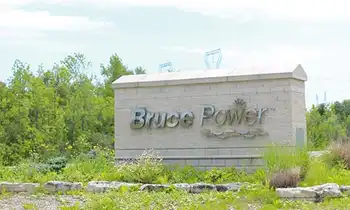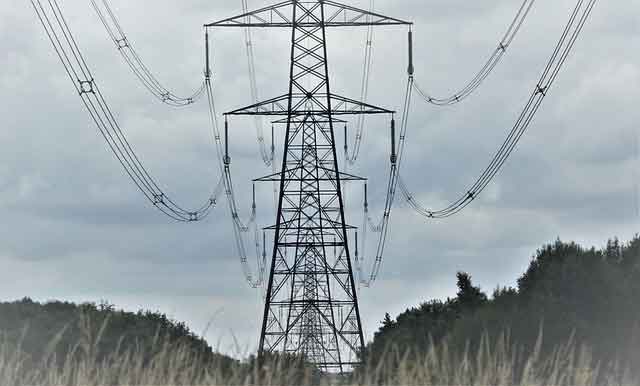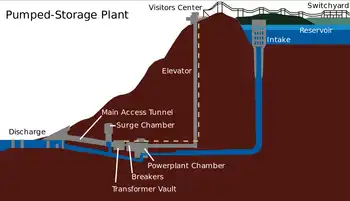OEB to review customer billing practices and performance policy
Timely and accurate billing by electricity and natural gas distributors is essential to customer satisfaction. As such, the Board wants to ensure that billing practices by all distributors in Ontario meet those customer needs and expectations as well as their preferences for more frequent updates on their energy use.
OEBÂ’s goal is to give more customers a better understanding of their energy consumption so that they can better manage that consumption and control their costs. OEB intends to consider policies related to billing practices for all regulated natural gas and electricity distributors to help meet these objectives. The OEB is also in the process of developing a measure for billing accuracy that would be included on each electricity distributorÂ’s performance scorecard, as established by the Board earlier this year.
By undertaking this initiative, the OEB expects to take advantage of the recent upgrades to the electricity system and investments in smart meters to provide additional benefits for customers. This will result in more accurate bills for consumers and receipt of electricity usage information based on actual meter readings in a more timely and convenient manner. The Board will also review the availability of e-billing as an option for customers.
Related News

The Innovative Solution Bringing Electricity To Crisis Stricken Areas
LOS ANGELES - Without the uninterrupted supply of power and electricity, modern economies would be unable to function. A blackout can impact everything from transport to health care, communication, and even water supplies. It is one of the key security concerns for every government on earth, and the growth in the market for backup power reflects that fact. In 2018, the global Backup Power market was $14.9 billion and is expected to reach $22 billion by the end of 2025, growing at a CAGR of 5.0 percent between 2019 and 2025.
It is against this backdrop that Toyota and Honda have…





